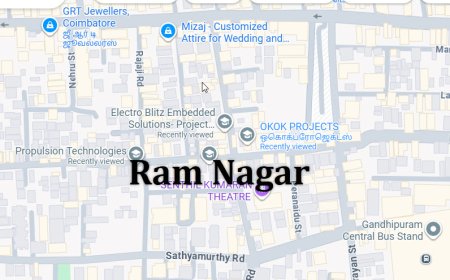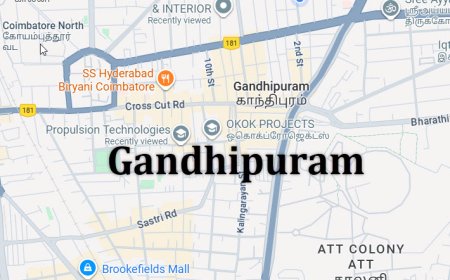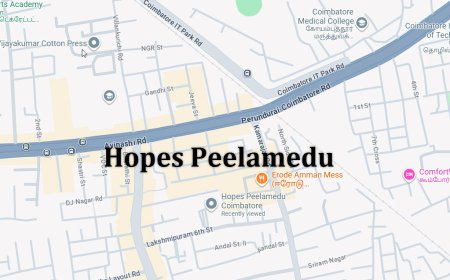Kidney Tumor Segmentation in Python Projects
Kidney Tumor Segmentation in Python Projects
Kidney Tumor Segmentation in Python Projects
Abstract
Kidney tumors require accurate detection and segmentation for effective diagnosis, treatment planning, and monitoring. The project Kidney Tumor Segmentation in Python Projects focuses on developing an intelligent system that automatically segments kidney tumors from medical imaging modalities such as CT or MRI scans. Python is used as the development platform because of its extensive libraries for medical image processing, deep learning, and visualization, including OpenCV, NumPy, SimpleITK, TensorFlow, and Keras. The system preprocesses images to remove noise, normalize intensity, and enhance features, and then applies Convolutional Neural Networks (CNNs) or U-Net architectures for precise tumor segmentation. This automated approach reduces reliance on manual annotation, improves diagnostic accuracy, and supports clinicians in effective treatment planning.
Existing System
Existing methods for kidney tumor detection and segmentation rely heavily on manual annotation by radiologists, which is time-consuming, labor-intensive, and subject to inter-observer variability. Traditional image processing techniques such as thresholding, edge detection, and region growing have been used for semi-automated segmentation, but they often fail to handle variability in tumor size, shape, contrast, and location. Some machine learning approaches have been attempted using handcrafted features, yet they are limited in capturing complex patterns in medical images and often require extensive preprocessing and expert knowledge. Consequently, existing systems lack robustness, accuracy, and scalability for clinical applications.
Proposed System
The proposed system introduces a Python-based deep learning framework for automated kidney tumor segmentation. Preprocessing steps include noise reduction, intensity normalization, resizing, and contrast enhancement to improve image quality. CNN-based architectures such as U-Net or variants (Attention U-Net, ResU-Net) are trained on labeled CT/MRI datasets to perform pixel-level segmentation of kidney tumors. Data augmentation techniques, including rotation, scaling, and flipping, are applied to improve model generalization across different patients and imaging conditions. The system outputs segmented tumor regions overlaid on the original images, facilitating visualization and clinical analysis. Performance evaluation is conducted using metrics such as Dice coefficient, Intersection over Union (IoU), precision, and recall. This approach enables accurate, reliable, and automated tumor segmentation, supporting early diagnosis, treatment planning, and follow-up in kidney cancer management.
What's Your Reaction
 Like
0
Like
0
 Dislike
0
Dislike
0
 Love
0
Love
0
 Funny
0
Funny
0
 Angry
0
Angry
0
 Sad
0
Sad
0
 Wow
0
Wow
0






























